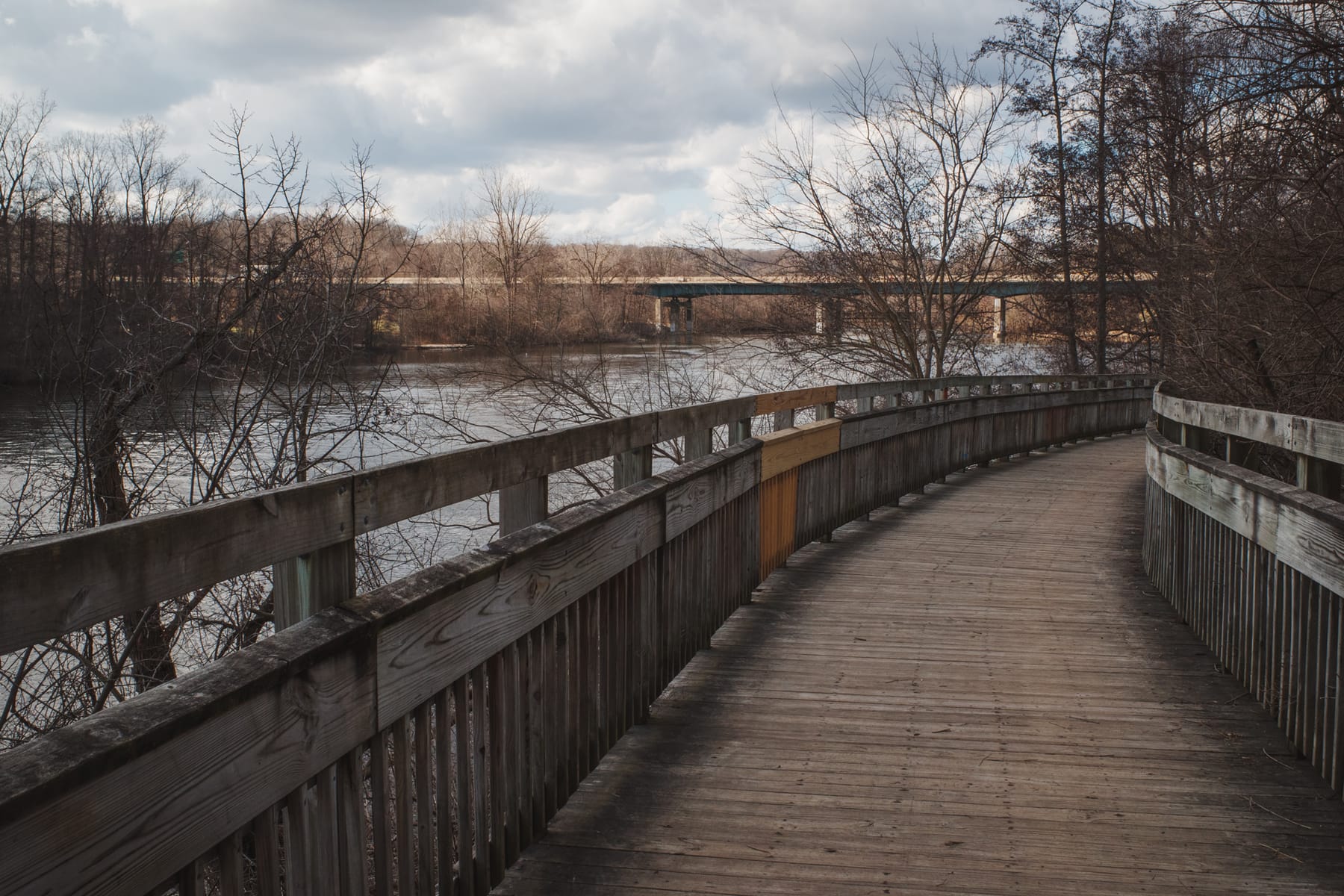You’re probably familiar with that fragile early stage of new projects, when talking about the project kills any momentum you have for it. But there also comes a time, I’ve discovered, when the energy flips, when telling people about it only gets you more excited to continue. The project goes from introverted to extraverted.
Maybe this happens in waves. There are multiple turns instead of just one. And if I’m not fully there yet with MAPS, I’m close: at book events in the past weeks, when asked what I’m working on now, I’ve found myself openly sharing the premise and, more often than not, itching to get back to work.
I don’t want to jinx myself so I’ll wait a bit longer before sharing it here. A nasty cold derailed me toward the end of this week and I’m just today lucid enough to put coherent thoughts in writing. What I’ve been doing instead, mostly from bed, is voraciously consuming liquids and media.
Julia had the same cold, a few days ahead of me, and together we binged all available episodes of Tokyo Vice, which is refreshingly, as this Bulwark newsletter points out, shot on-location.
The use of disguised shooting locations isn’t anything new (see: Vancouver Never Plays Itself), but I agree with the Bulwark piece: there’s a particular joy in the details of what makes a place a place.
I had no interest in seeing The Zone of Interest until I read about its sound design, and now I’m glad I did. What a powerful mirror for the current moment – or really for any historical moment. Like a two-hour arthouse version of the “this is fine” meme.
Daniel Benneworth-Gray points to this stunning series of posters for the film by designer Neil Kellerhouse, put out by who else but A24 – or as someone from a panel I was on last year aptly called, “The A24 Industrial Complex.”
Speaking of sound and film editing, I didn’t realize how much The Conversations: Walter Murch and the Art of Editing Film was going to be about writing. I guess it makes sense when Murch’s conversation partner is Michael Ondaatje, who initiated the book project. Ondaatje observes, from watching Murch work on the film adaptation of The English Patient, that “this was the stage of filmmaking that was closest to the art of writing.” Murch:
One of your obligations as an editor is to drench yourself in the sensibility of the film, to the point where you’re alive to the smallest details and also the most important themes […] The editor is the only one who has time to deal with the whole jigsaw.
Ondaatje:
I’m continually being fed and diverted by the possibilities from the world around me – chance anecdotes overheard, the texture within a rumor – as much as by what my research reveals. For those four or five years, I collect such things, and they fall into a form or a shape or a situation I have established […] I don’t have too much of a governor at work. So it’s similar to what you say about the first pass at editing a film […] I do this till I have a complete but rough first draft, by which time I’ve essentially discovered the story. I then put on a different hat – I put on your hat – and I start eliminating the wrong notes, the repetitions, the trails that go nowhere.”
To discovering the story,
Jack
